Two new research areas began over 50 years ago in the University of Maryland, Department of Physics: plasma physics research (in 1957) led by Hans Griem and accelerator research (in 1965) led by Martin Reiser, who had a joint appointment with the Department of Electrical Engineering. Both Professor Griem and Professor Reiser were from Germany, having completed their doctoral dissertations in Kiel and Mainz, respectively.
When Hans Griem took up his appointments as research assistant professor in the University of Maryland Physics Department and as consultant physicist at the U.S. Naval Research Laboralory (NRL), plasma physics was not yet recognized as a scientific discipline. However, fortunately for the newcomer, the chairman of the Physics Department, John Toll, had been an assistant of Lyman Spitzer on the Matterhorn stellarator project at Princeton. Also, Alan Kolb at NRL not only led an effort there on the (at that time classified) Sherwood controlled nuclear fusion project, but also shared intense interests in the broadening of spectral lines in and by plasmas and in theta-pinches. We all benefitted from the Sputnik crisis, the Air Force Office of Scientific Research (AFOSR) offering support for laboratory research on shock waves in plasmas. This research began in Room 007 of the Physics Department basement with our first post-doc, Wolfgang Wiese, and four doctoral students (the years of their Ph.D.s were 1961, 1962, and two in 1963). One of them had already worked on a small theta pinch, while our present colleague, Ray Elton ('62), did his Ph.D. research in vuv-spectroscopy on a T-tube at NRL. At about the same time, namely in '60 and '61, two students completed their Ph.D. theses in line broadening theory, and last, but not least, there was an electrical engineering Ph.D. thesis on an induction discharge at the Naval Ordnance Laboratory (NOL).
Our research was sponsored soon by additional agencies: Atomic Energy Commission (AEC), National Aeronautics and Space Administration (NASA), National Science Foundation (NSF), Office of Naval Research (ONR), and the Defense Atomic Support Agency (DASA). Several of the experiments were in close collaboration with NRL, notably those on ever-larger theta pinches. These were then considered possible candidates for nuclear fusion, because the reverse field geometry held promise of substantially reducing end losses. However, MHD instabilities and magnetic reconnection, while most interesting scientifically, soon began to raise doubts on the fusion prospects.
We developed plasma-spectroscopic methods for density and temperature diagnostics, from x-rays to infrared wavelengths, and worked out the required atomic physics theory (local thermodynamic equilibrium, LTE, and non-equilibrium, NLTE) in parallel with our experiments and those at NRL and the Los Alamos National Laboratory (LANL), and with our line broadening results.
Alan DeSilva and Eduard Hintz joined our plasma physics group about five years later, substantially extending our work to Thomson scattering and collision-free shock waves both here and at NRL to still larger theta pinches. The close and fruitful collaborations with NRL led in 1966 to the establishment of a joint program in plasma physics.
Meanwhile, a plasma group had also sprung up at the Institute for Fluid Dynamics (IFDAM), now called the Institute for Physical Science and Technology (IPST), encompassing theory (Derek Tidman, David Montgomery, James Boyd, and C. W. Wu) and experiments (Herb Lashinski, David Koopman, Tom Wilkerson, and Ted Rosenberg). In the Physics Department (to dissuade Hans Griem from accepting appointments in Kiel or Heidelberg) additional faculty positions were established for six more plasma physicists: Al Trivelpiece, Nick Krall, Bob Greig, Bob Pechachek, Ron Davidson, and Acrum Kunze. This group became quite a powerhouse, writing several books and adding research on nonneutral plasmas, electron cyclotron harmonic emission and micro-instabilities, and graduating several Ph.D.'s a year.
The experimental plasma group had long since moved out of the basement of the Physics Building to the new Space Science Building but soon again outgrew those quarters and spread into the Heavy Research Building -- the old, one-story wing (which previously housed monkeys used for research) of what would become the Energy Research Facility. The laboratory space problem did not ease up after the initial ten-year period. Although some faculty members left, others joined (e.g., Milan Blaha, Derek Boyd, George Goldenbaum, Bill Dove, Paul Kepple, Chuan Liu, Y. C. Lee, H. H. Chen, Ed Ott, Tom Antonsen, John Finn, Dan Winske, Parvez Guzdar, Bob Kleva, Celso Grebogi, Steve McDonald, Cecil Chin-Fatt, Jim Drake, Adil Hassam, Rick Ellis, Baruch Levush, and Fred Skiff) and the experiments became still larger (high-voltage theta-pinch, etc.).
In the early 1970s, the energy crisis encouraged Dean Marcello to ask for a new Energy Research Building to be added to our Heavy Research Building and to suggest the formation of the Laboratory for Plasma and Fusion Energy Studies (LPF), jointly with Martin Reiser's Particle Beams Group, which included a postdoc, Bill Destler (later rising to Provost), and several students. This was during a time of rapid inflation and prospects for the building became very glum. Then John Toll became the President of the University of Maryland. Bill Jenne, the Associate Director of LPF, called Hans Griem at the Max-Planck Institute in Garching, Germany, where he was visiting after his second sabbatical, with this disappointing news. Hans called our former physics chairman, who then managed to save the construction of the two-story part of the present Energy Research Facility. Chuan Liu was appointed Acting Director of LPF in 1979 and presided over the groundbreaking for this construction in July of that year, while Hans Griem was on sabbatical. Hans Griem served as Director through 1987. The laboratory was later named the Laboratory for Plasma Research (LPR), then the Institute for Plasma Research (IPR), and is currently the Institute for Research in Electronics and Applied Physics (IREAP).
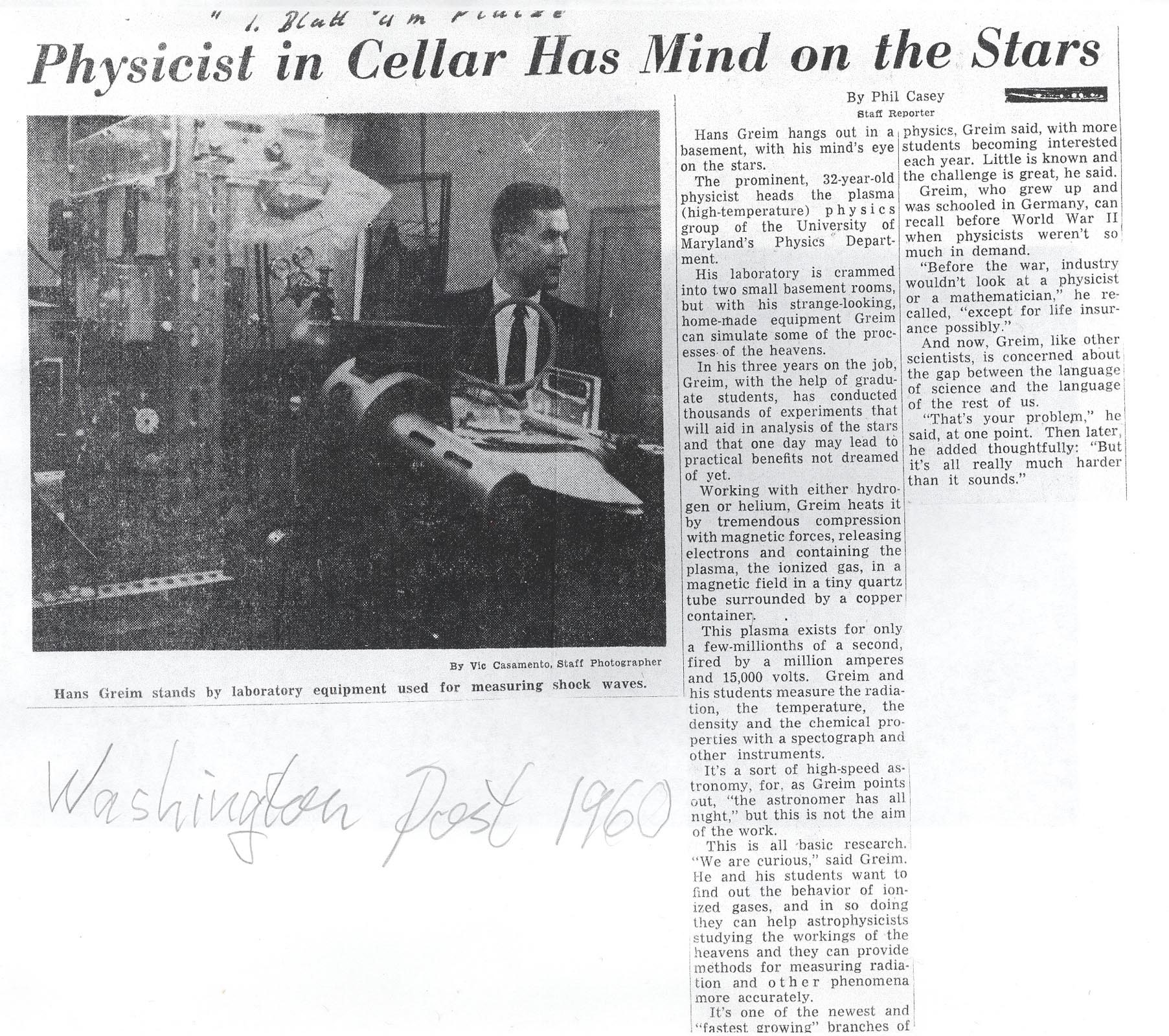


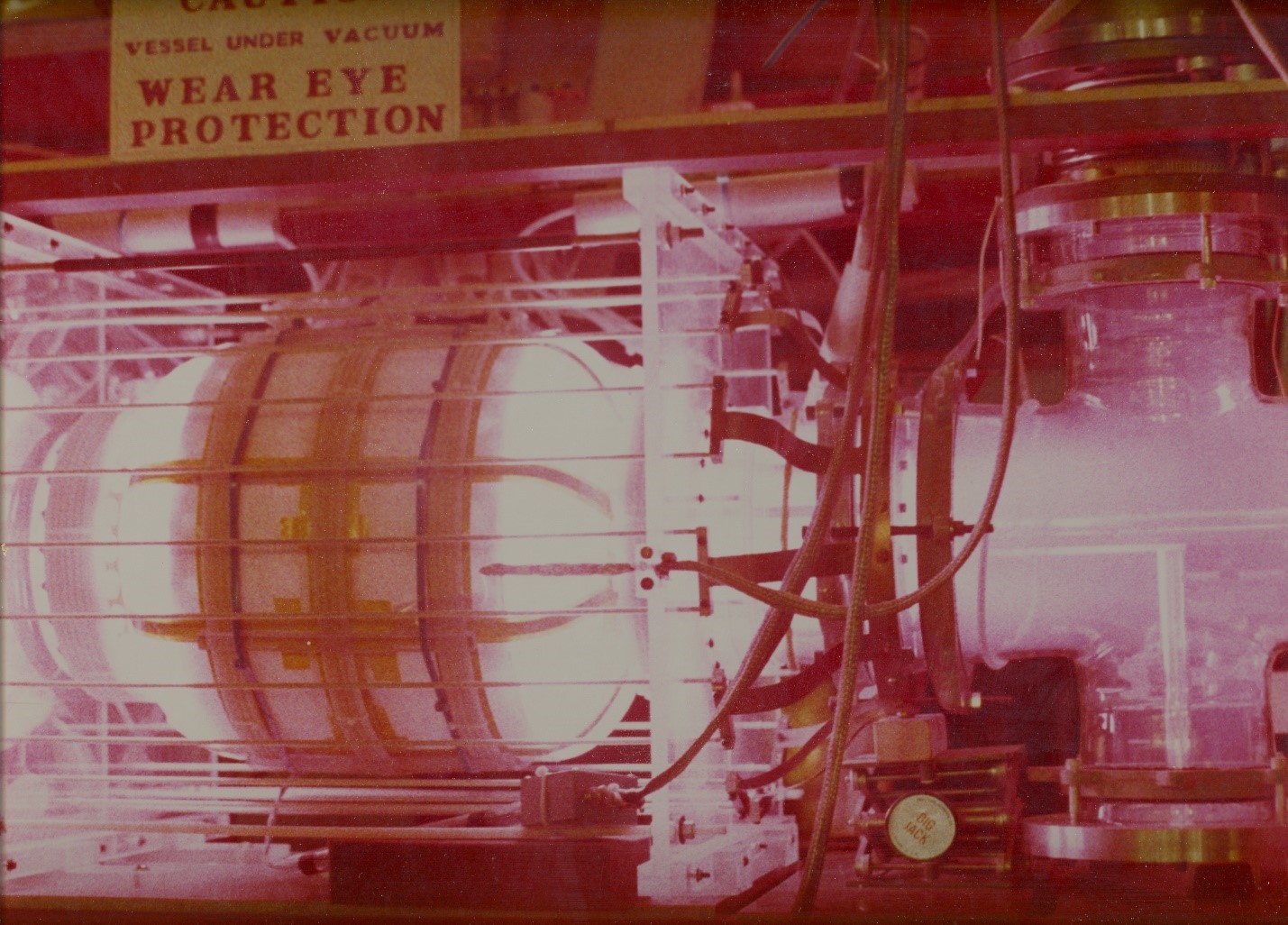
1984 Spheromak

1984 Spheromak - Profs. Alan W. DeSilva, Hans R. Griem, George C. Goldenbaum ('66) and Dr. Cecil Chin-Fatt ('71)
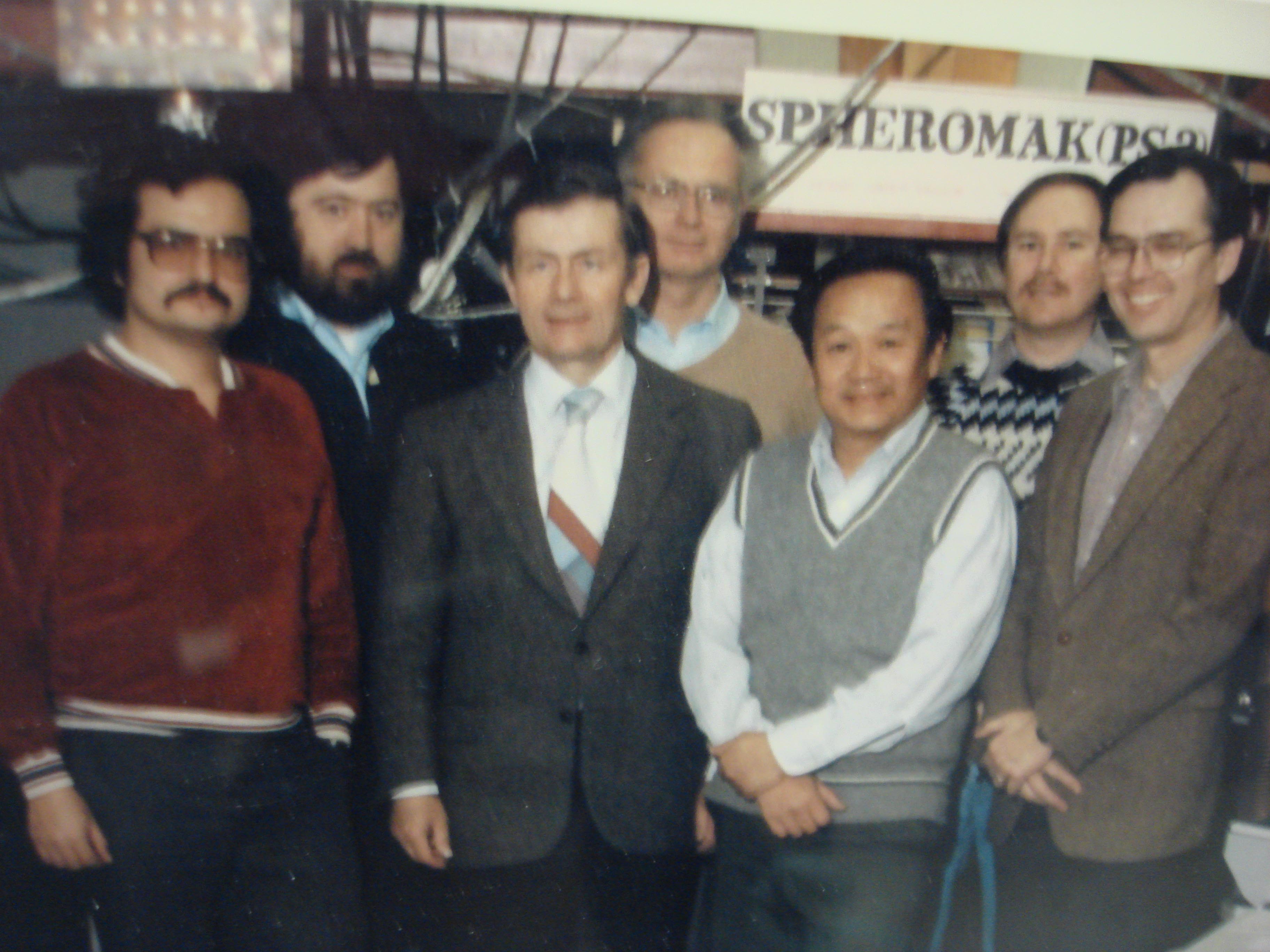
1984 Spheromak - John Antoniades ('83), Dave Miller, Hans R. Griem, Alan W. DeSilva, Cecil Chin-Fatt ('71), Roger Hess, George C. Goldenbaum ('66)
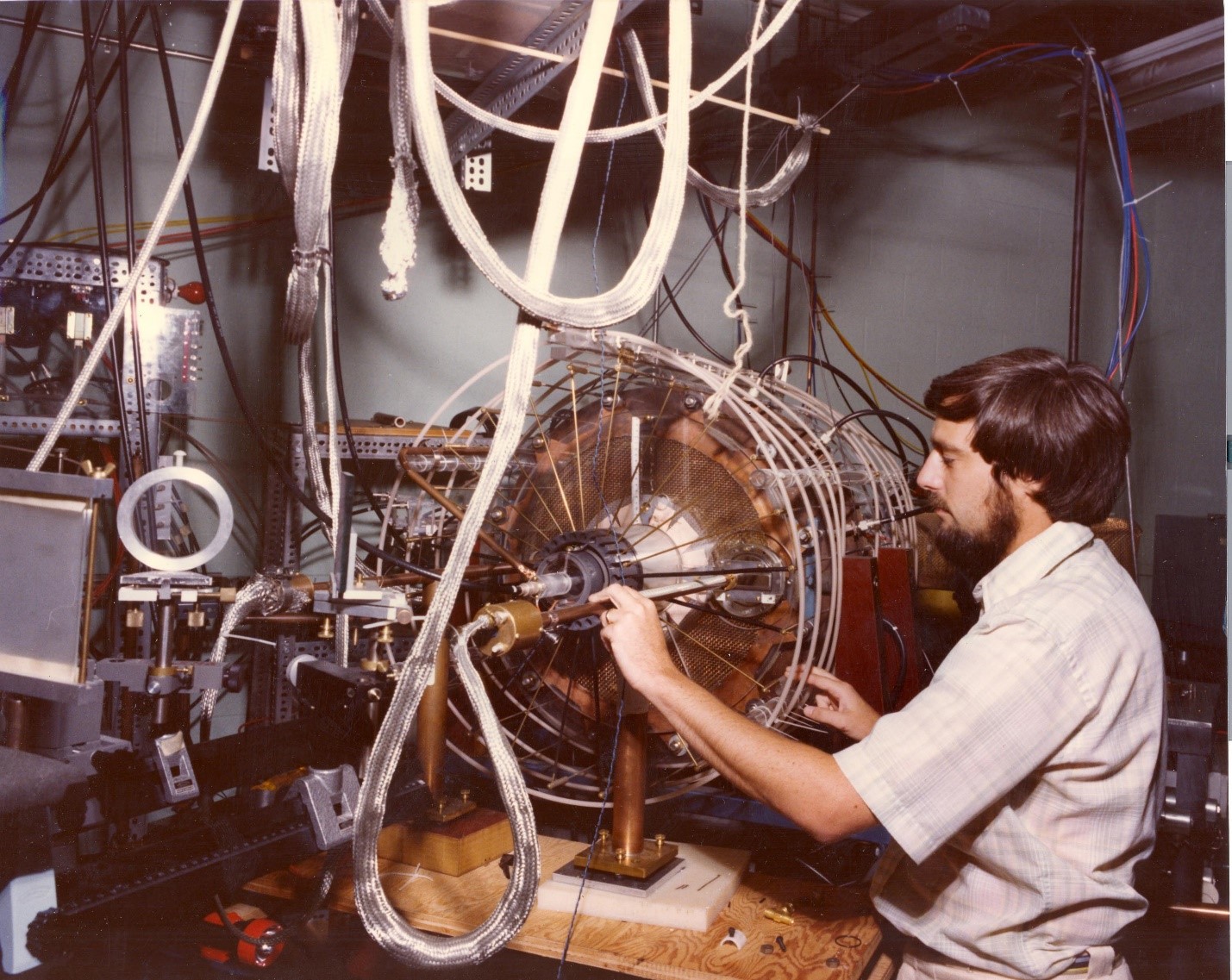
Graduate student working on experiment
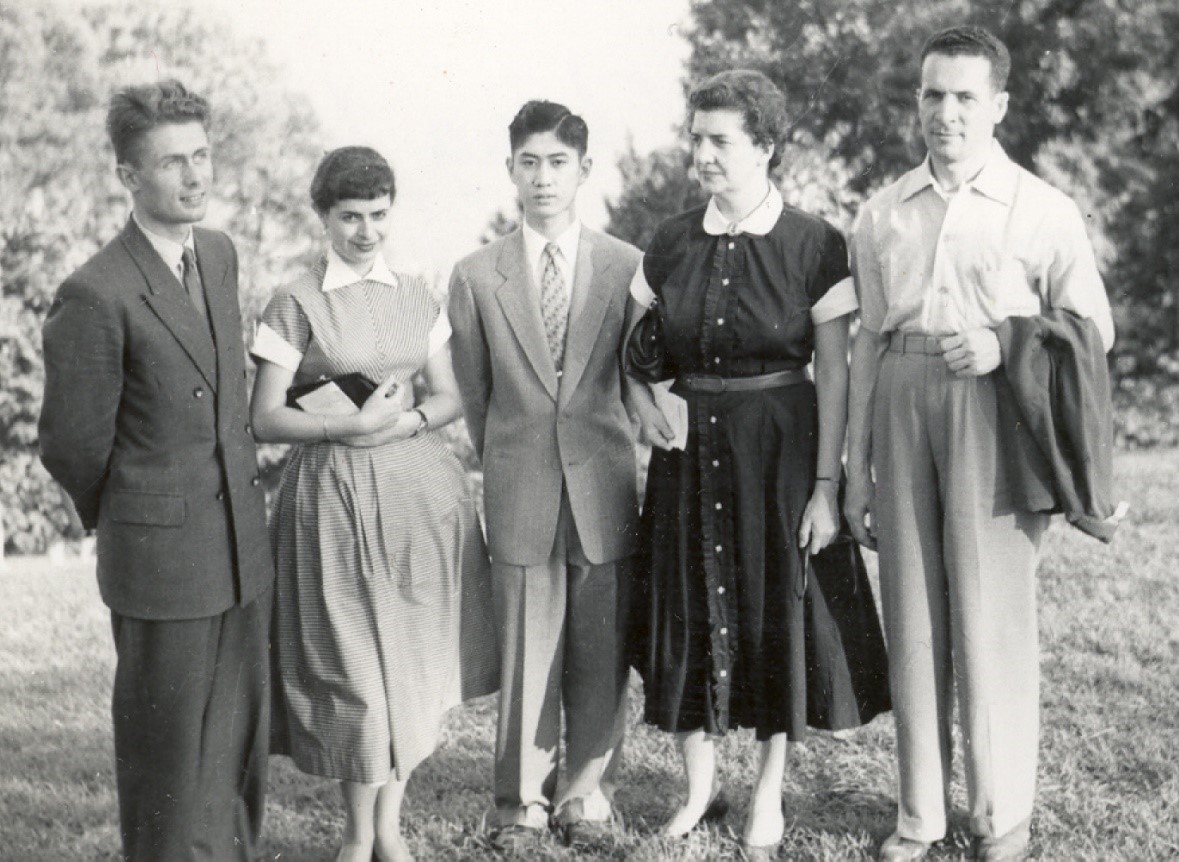
Hans Griem with scientists from Greece, China, the United States, and Egypt
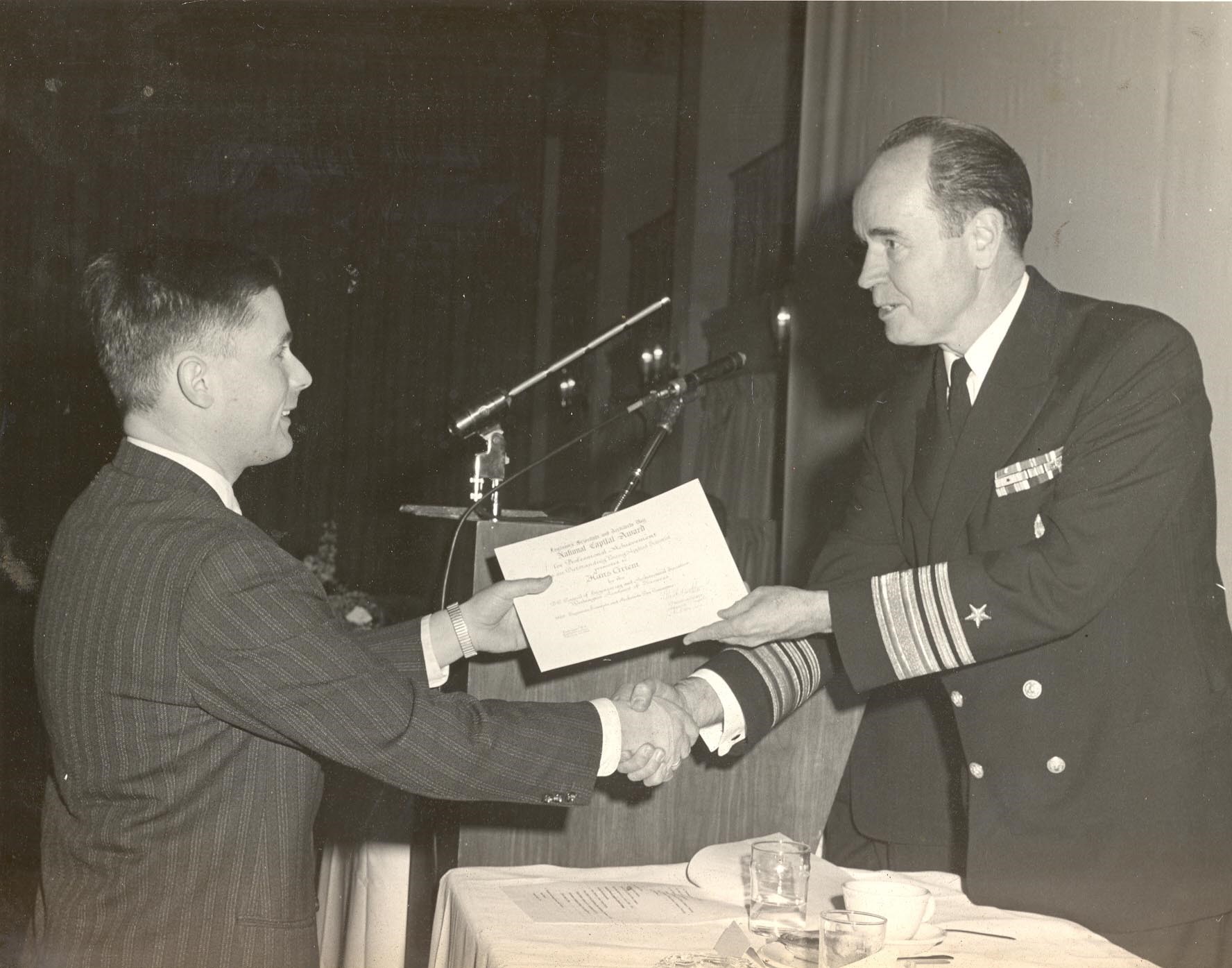
Hans Griem receiving the National Capital Science Award, 1962
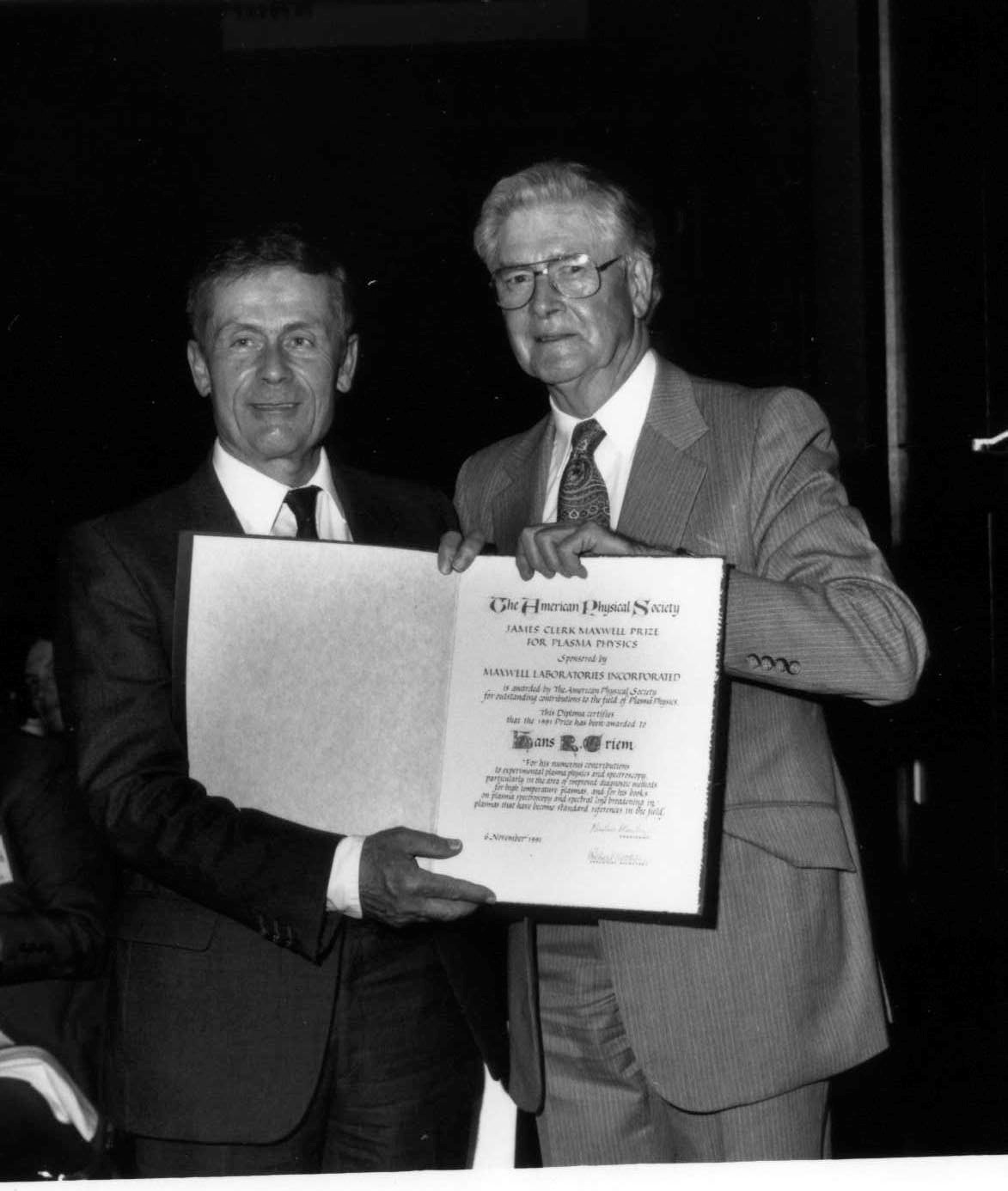
Hans Griem receiving the 1991 James Clark Maxwell Prize for Plasma Physics from Dr. Wilson Elkins, President, UMD
Top